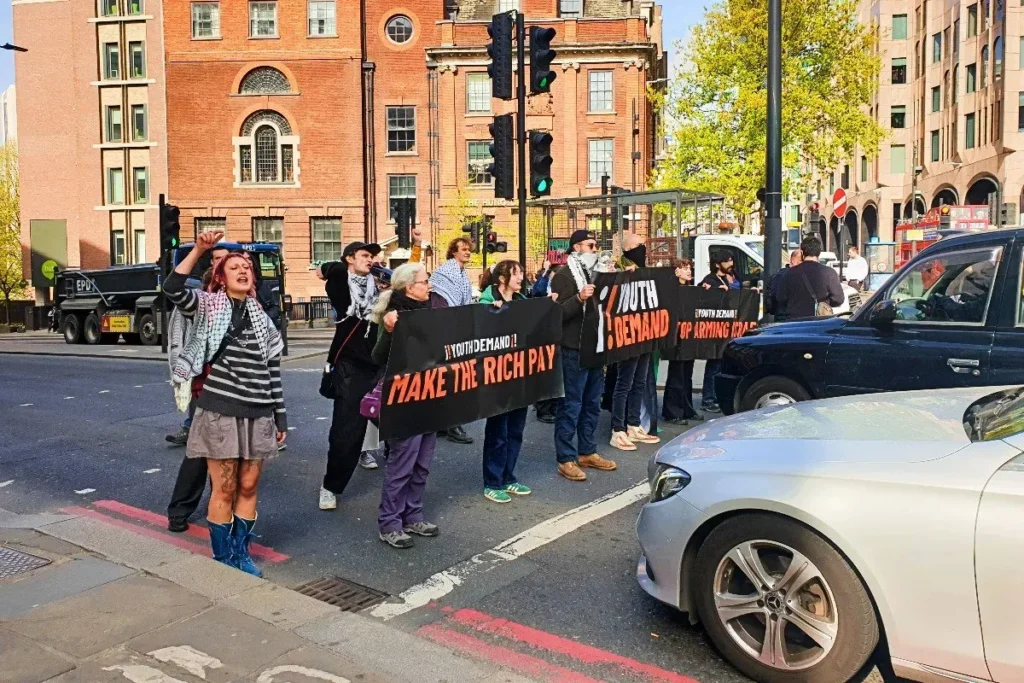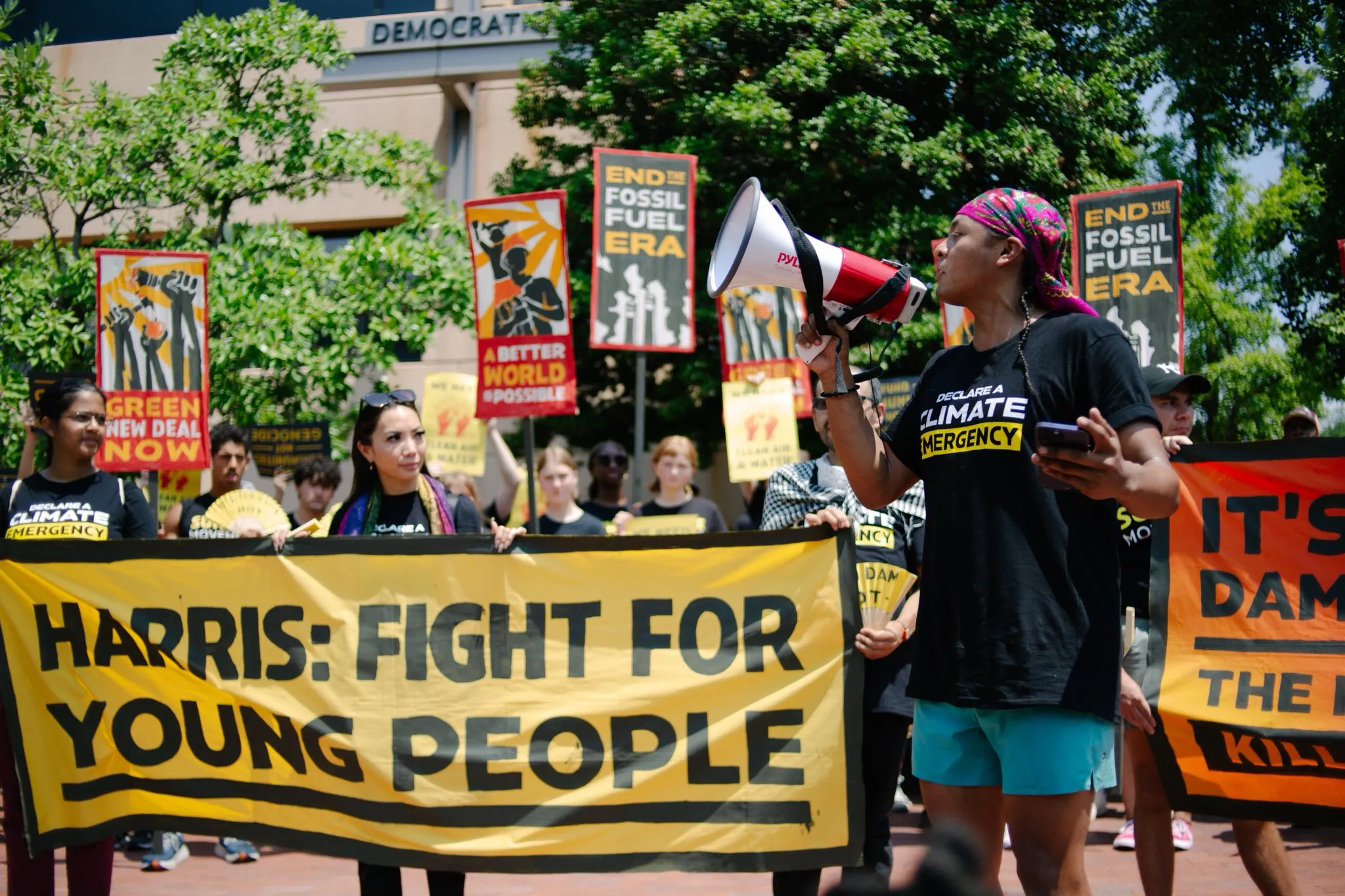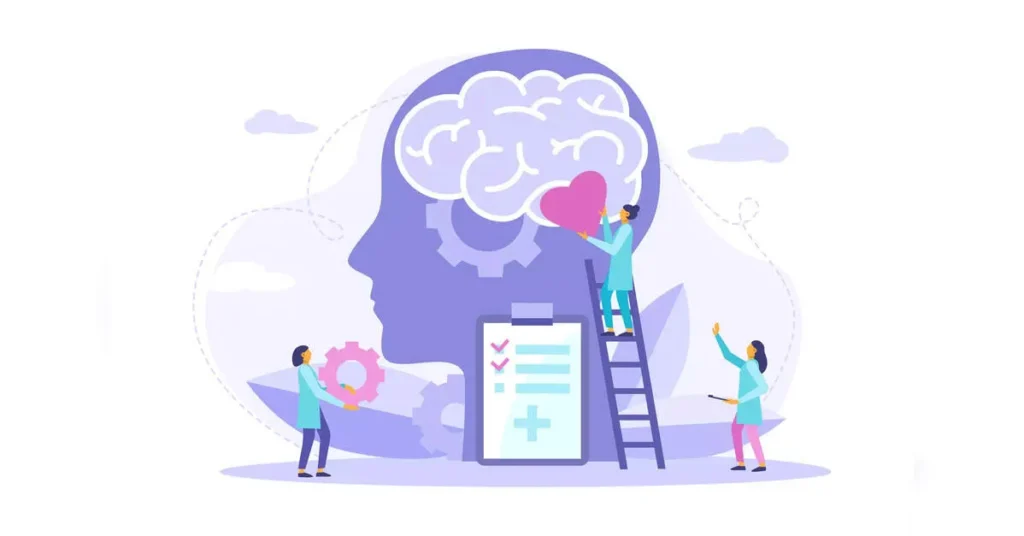In 2025, a striking trend has emerged in the U.S.: young Americans are experiencing heightened levels of anxiety at unprecedented rates. Mental health professionals, educators, and researchers are raising red flags as Gen Z and young Millennials confront a complex mix of global instability, political polarization, climate change, economic uncertainty, and digital overwhelm—all colliding in real time.
The impact isn’t abstract. It’s showing up in overwhelmed college counseling centers, rising prescription rates for anti-anxiety medication, surging downloads of mental health apps, and a growing number of young people reporting burnout, despair, and emotional fatigue.
📊 The Numbers Behind the Anxiety
According to recent surveys and health data from early 2025:
- Moderate to severe anxiety symptoms are reported by more than 68% of Americans between the ages of 18 and 29.
- Due to mental stress, nearly one in three young adults say they have thought about changing careers or postponing important life events.
- Teletherapy platforms have seen a 48% increase in usage from Gen Z users since mid-2023.
- Emergency room visits for anxiety-related symptoms among those under 30 have more than doubled compared to pre-pandemic baselines.
This wave of emotional unrest isn’t purely medical—it’s deeply intertwined with the cultural and political moment young Americans are living through.
🌎 A Generation on the Frontlines of Global Disruption
Unlike previous generations, today’s youth are coming of age in a world where global crises are ever-present, immediate, and intimately felt. Smartphones deliver real-time footage of:
- Wars in Gaza, Ukraine, and Sudan
- Wildfires and floods fueled by climate change
- Political unrest and court battles over basic rights
- AI job displacement fears
- Economic inflation and housing unaffordability
Exposure to this kind of media, combined with the feeling of having limited control over large-scale issues, has created what many psychologists now call a “chronic threat environment” for the developing adult brain.

📱 The Double-Edged Sword of Constant Connectivity
Social media platforms like TikTok, Instagram, and X (formerly Twitter) have become primary news sources for young people—but they also amplify panic, misinformation, and trauma. Doomscrolling, the compulsive consumption of negative news, has been linked to:
- Heightened cortisol levels
- Sleep disruption
- Feelings of helplessness or numbness
- Social comparison and FOMO (fear of missing out)
For Gen Z, who spend an average of 7+ hours daily online, this digital saturation compounds their sense of overwhelm. What might be an alarming news headline for an older adult becomes a visceral, looped trauma feed for someone 22 years old, who sees the same issue replayed with commentary, edits, and emotional reactions.
🧠 Mental Health Systems Are Struggling to Keep Up
Colleges and universities are often the first line of defense when students experience severe anxiety. But in 2025:
- Campus counseling waitlists can stretch 2–4 weeks
- Many areas face a shortage of licensed therapists under 35
- Insurance coverage for mental health treatment remains inconsistent
- There’s still stigma in some communities about seeking help
To bridge the gap, students are turning to:
- Mental health apps like Headspace, BetterHelp, and Woebot
- Peer support groups and TikTok therapists
- AI chatbots for emotional check-ins, though experts warn they aren’t substitutes for professional care
💼 Career Anxiety and Burnout Start Early
Economic turbulence has added fuel to the fire. With inflation, housing shortages, student debt, and job insecurity top of mind, young Americans feel trapped between ambition and exhaustion.
A 2025 survey by a major recruiting platform found that:
- Regarding their financial future, 61% of young professionals say they are “not optimistic.”
- 42% report feeling burned out by age 27.
- Many express “climate anxiety” about building a long-term life on a planet with worsening ecological conditions.
Remote work and gig-based employment, while offering flexibility, have also blurred the line between home and work—contributing to boundary fatigue and emotional detachment.
🧘♀️ The Rise of Resilience Practices and Community Healing
Amid the anxiety epidemic, there’s a counter-movement brewing. Many young people are seeking alternative forms of mental wellness, including:
- Group meditation and breathwork events
- Spiritual retreats and digital detox camps
- Mutual aid and activism as a form of emotional empowerment
- Therapeutic journaling and body-based practices like yoga or dance
More than any other generation before them, Gen Z is candid about treatment, mental health drugs, and emotional language, which some experts believe is the first step toward a healing society.
🌱 What Can Help?
Experts recommend a combination of:
- Policy reforms to expand access to affordable mental health care
- School-based mental health literacy from earlier ages
- Stricter digital well-being safeguards on social platforms
- Encouragement of community-building, volunteering, and purpose-driven connection
Therapists urge young people not to self-diagnose solely through TikTok or Google, and to reclaim daily structure, sleep, and offline time to reduce reactivity.
FAQs: Youth Anxiety in 2025
1. Why are young Americans more anxious now than before?
Multiple overlapping factors: economic instability, global conflict, climate crisis, online trauma exposure, and social media-driven comparison culture. These all create sustained psychological stress.
2. Is anxiety now considered a normal part of growing up?
While some anxiety is a normal emotion, chronic or severe anxiety that interferes with daily life is not. Unfortunately, it is becoming more normalized but not healthy, prompting the need for better support systems.
3. How does social media affect youth anxiety?
Social media increases exposure to distressing news, promotes unrealistic standards, and encourages compulsive checking. While it offers community and humor, it can be emotionally dysregulating if not used mindfully.
4. What role does climate change play in anxiety levels?
Climate anxiety—the fear and grief over ecological degradation—is increasingly common among Gen Z and Millennials. Many feel hopeless about the future or unsure about having children, buying homes, or making long-term plans.
5. What are signs a young person may be struggling with anxiety?
Common signs include:
- Restlessness or difficulty sleeping
- Overthinking and constant worry
- Avoidance of tasks or social settings
- Physical symptoms (stomach aches, headaches, shortness of breath)
- Irritability or emotional outbursts







